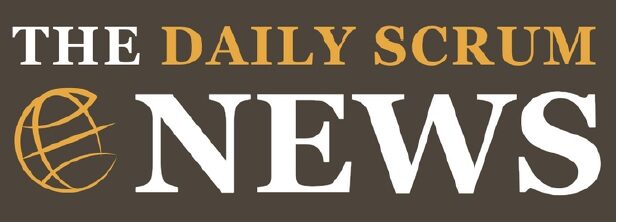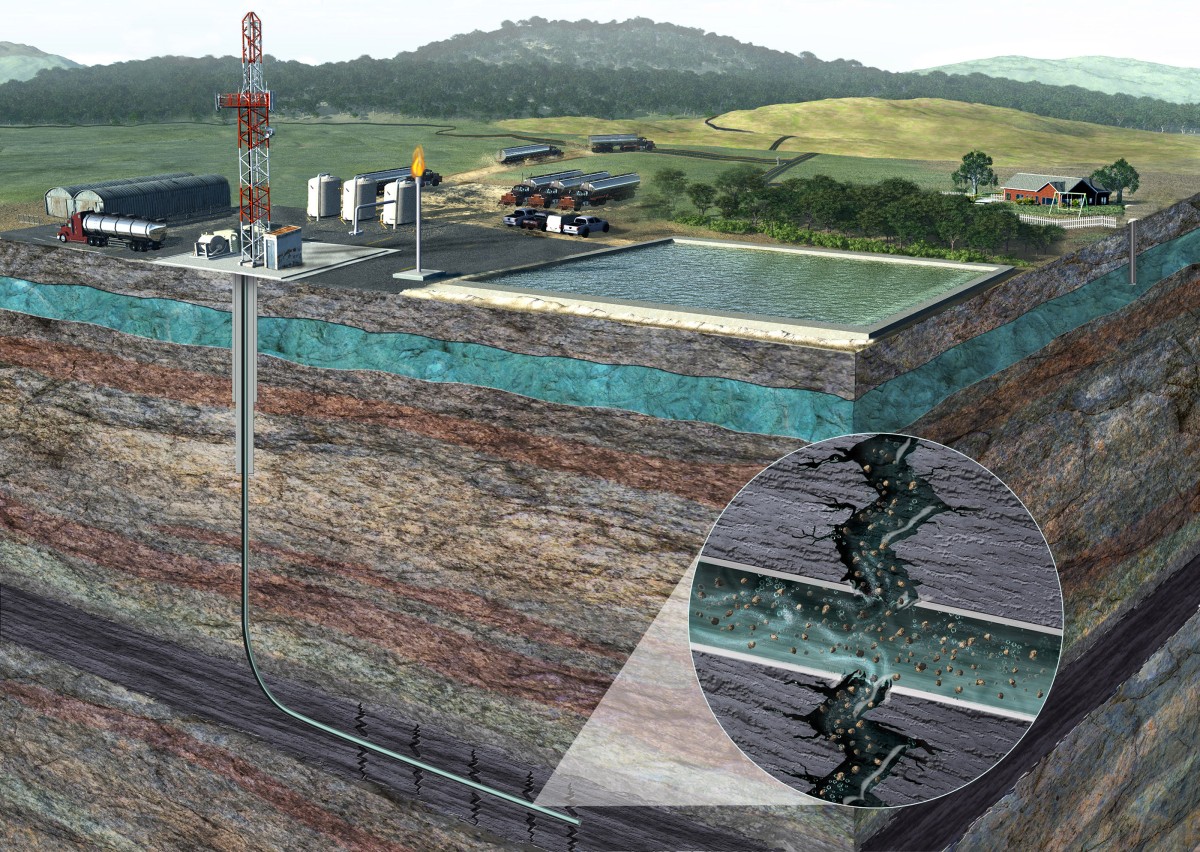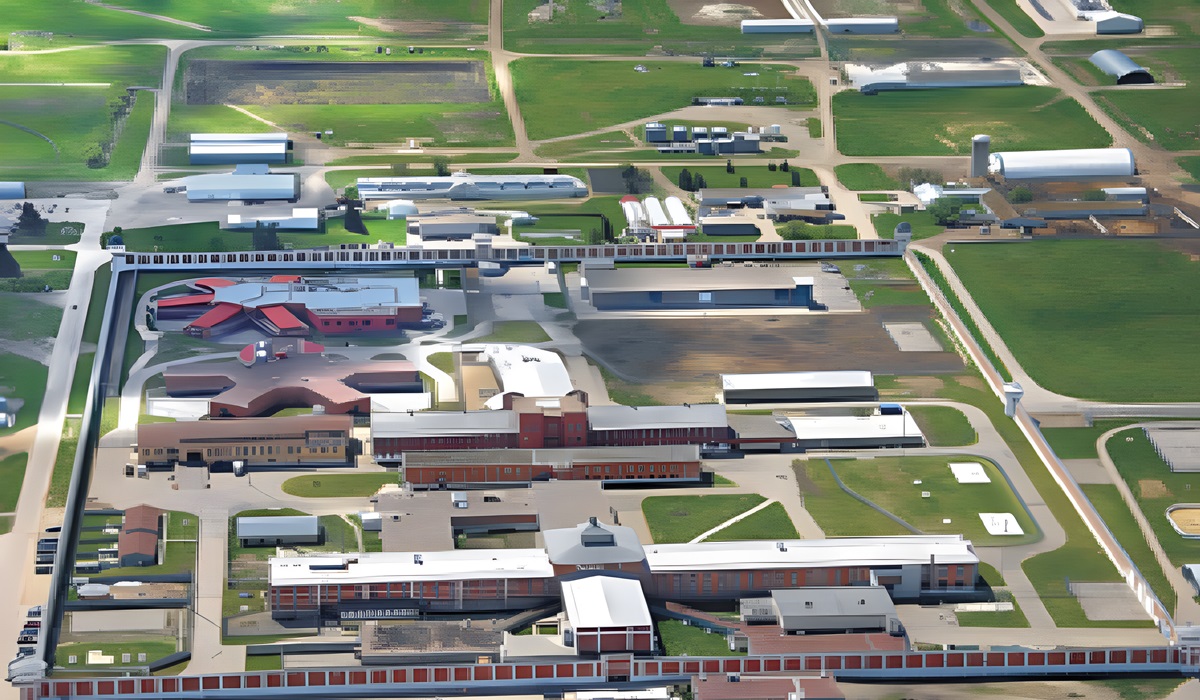My 2025 Job Market Prediction Without a Crystal Ball
- Nick Kossovan
- D.O.C Supplements - Trending News
- The Art of Finding Work
- January 4, 2025

Image Credit,
I predict a harsh economy and job market in 2025 due to two narratives:
- Employers continuing the rise of AI adoption and
- Donald Trump’s impending presidency.
Economic and geopolitical challenges await Americans and Canadians in 2025.
AI isn’t a buzzword. Regular readers of The Art of Finding Work will know that I’ve stated more than once that while AI is being touted as a productivity enhancement tool, I see AI’s ultimate goal as being intended to replace (read: requiring fewer) employees. In March 2023, Goldman Sachs economists predicted that generative AI would eliminate or diminish 300 million full-time jobs globally, mostly among white-collar workers.
As employees demand more, they become more of a liability, encouraging employers to invest in AI, automation, and self-serve technology rather than people.
C-suite executives are waking up to the fact that they don’t have to pay someone $70,000 a year, which they’ll complain isn’t enough money, to do a menial task that can be handled by a software company for a monthly fee. According to a study by McKinsey Global Institute, 29.5% of all hours worked by 2030 could be automated.
Some businesses, like Dropbox, have cut staff and explicitly noted AI as a factor. UPS has said that AI isn’t replacing workers even though it has laid off staff and touted efficiency gains from AI. Outplacement firm Challenger, Gray & Christmas Senior Vice President Andy Challenger said, “There are probably more jobs in the economy that are being cut because of AI already than are getting attributed to that or announced.”
More of a given than a prediction, 2025 will see companies continue pursuing ways to leverage technology (AI, automation, self-serve) and offshoring jobs to countries where they can be done cheaper, along with using freelancers and hiring on contract, to become progressively leaner—reducing management roles, flattening organizational structures, reducing costs—and achieving more with fewer employees. Increasingly, we’re moving toward a world of just-in-time employees.
Right now, boardroom discussions are taking place regarding the cost and the many liabilities of human labour versus AI. As AI becomes more human-like—we’ve seen nothing yet—you and I will increasingly be competing against AI as opposed to each other. I’m interested to see where we, as a society, restructure ourselves as technology takes over much of the work white-collar employees do today. Will we finally have long overdue serious discussions around the need for universal basic income supported by companies through a redesigned progressive corporate tax?
Here’s my advice, which I know you’ve heard from others: Make learning AI a priority. Learn AI deeply. Learn or be left behind; it’s entirely your choice. Throughout 2024, I kept hearing from readers about their worrying over whether their job is secure, especially with layoffs constantly in the news. If you’re worried about your job security, I suggest shifting your worrying, which won’t change how employers are rethinking how they run their business into focusing on learning AI. Taking the initiative to adapt and stay ahead of the curve will give you a sense of control as layoffs are announced throughout 2025, which is to be expected.
Business model in the not-too-distant future: AI + Fewer Employees
The looming potential of an economic shock, which many are either ignoring (read: head in the sand) or ignoring what would be the consequences, is Donald Trump making good on his threat to impose a 25 percent across-the-board tariff. This move would severely affect Canada, given that the US is its largest trading partner. Approximately 70% of Canada’s total trade is with the US, and two-thirds of Canada’s GDP is trade-dependent. Canadians need to be prepared for the event Trump follows through on this threat.
Approximately 2.4 million Canadian jobs are estimated to be exposed—cross-border demand dependent—to US tariffs. Of course, “exposed” doesn’t mean all 2.4 million jobs would vanish overnight following a 25 percent US tariff. Most will remain, though likely, with reduced hours and lower pay.
Trump has pledged to undo everything Biden did, much of which directly influenced the growth of the economy and workforce. If Trump does make good on his tariff threat, and there’s no reason to believe he won’t, Canadian job losses will be inevitable.
Tariffs or no tariffs “for now,” Trump’s second term will keep the Canadian government on its toes and the Canadian economy uncertain. Understandably, this uncertainty will discourage business investment and expansion, detrimental to the Canadian job market. More than AI, I see Trump, having already preinaugural made it clear he’s ready to weaponize tariffs to ‘Make America Great Again’ and being the loose cannon, he’s proven to be influencing the Canadian job market not in a good way.
Expect a rise in Canadian unemployment as employers batten down their hatches to weather what’ll inevitably be a geopolitical storm on all fronts with Trump in the Oval Office.
My thoughts on navigating 2025:
- Contribute to better conversations
- Create a higher level of trust
- Develop deeper professional relationships
If there ever was a year to ditch the “What will happen?” question and replace it with “What kind of future do we want to create?”, 2025 is the year.
_____________________________________________________________________
Nick Kossovan, a well-seasoned veteran of the corporate landscape, offers “unsweetened” job search advice. You can send your questions to Nick at [email protected].








